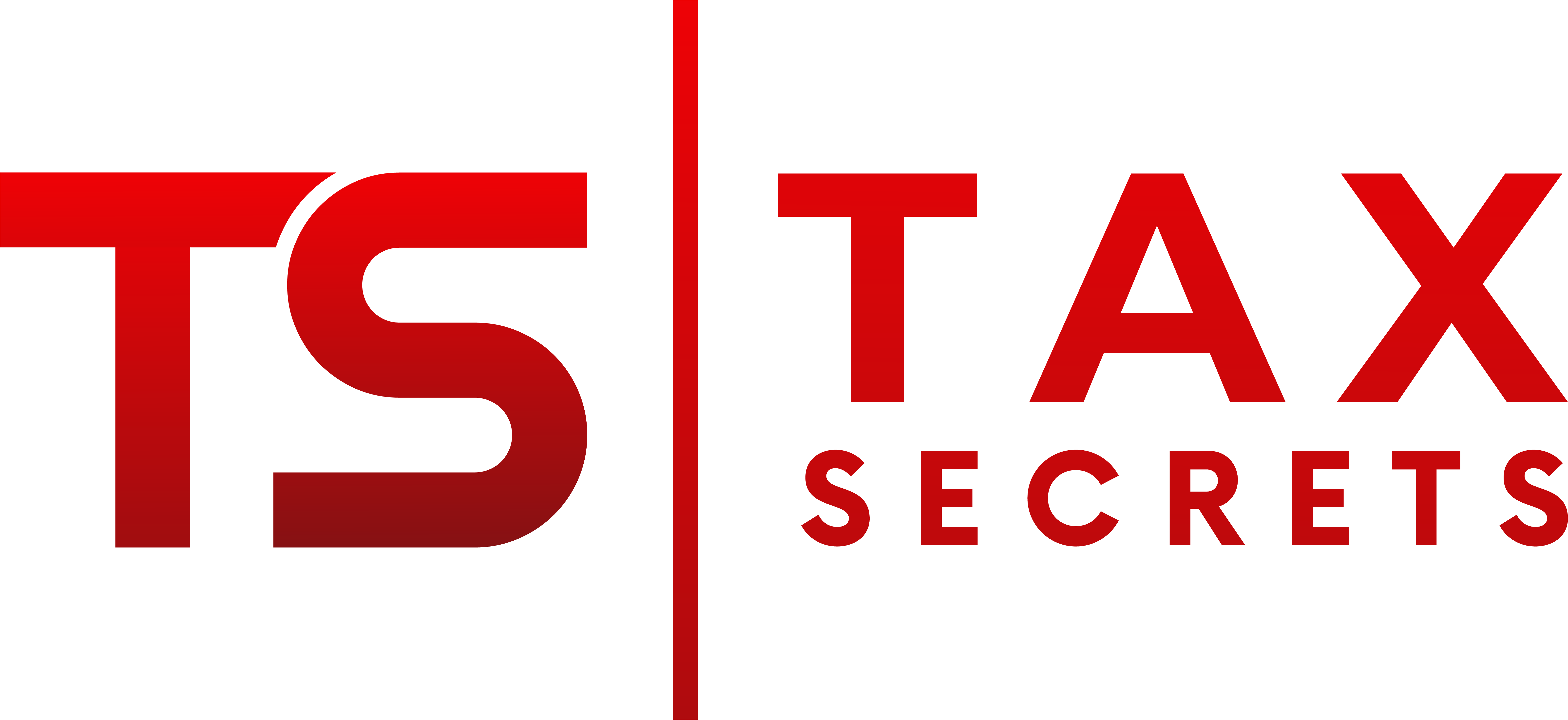Are Those ERC TV Ads Too Good to Be True?
Article Highlights:
- TV promotions
- IRS commissioner Comments
- Understanding the Credit
- Credit Eligibility
- Ancillary Issues
- Not Qualified for the Credit
Seems like the TV commercials promoting filing for the Employee Retention Credit (ERC) haven’t gone away despite warnings from the IRS, the American Institute of CPAs, and other professional tax preparer societies that business owners can be misled into filing for a tax credit for which they do not qualify.
According to the IRS commissioner, “Aggressive promoters present wildly misleading claims about this credit. They can pocket handsome fees while leaving those claiming the credit at risk of having the claims denied or facing scenarios where they need to repay the credit.”
Individuals who had their business and payroll returns prepared by a CPA, EA or other professional tax preparer should be especially cautious of becoming involved with those promoting ERC refunds because if your business qualified, your tax professional should have already completed a claim for the credit for you. But if you have any doubts your first call should be to this office, not to an ERC promoter.
Understanding the Credit – The ERC is a refundable tax credit designed for businesses who continued paying employees while shut down due to the COVID-19 pandemic or who had significant declines in gross receipts from March 13, 2020, to Dec. 31, 2021. Eligible taxpayers can claim the ERC on an original or amended employment tax return for a period within those dates.
The credit amount for 2020 is 50% of qualified wages, up to a maximum wage of $10,000 per employee. Thus, $5,000 is the maximum credit for qualified wages paid for any employee for 2020. The 2021 credit is 70% of qualified wages, up to a maximum wage of $10,000 per employee per quarter. Thus, the per-employee maximum per quarter is $7,000 for each of quarters 1, 2 and 3 in 2021. A separate rule applies only for “recovery start-up businesses” in the 4th quarter of 2021.
Credit Eligibility – To be eligible for the ERC, employers must have had one or a combination of the following three occurrences:
- Business Operations Curtailed – Sustained a full or partial suspension of operations due to orders from an appropriate governmental authority limiting commerce, travel or group meetings due to COVID-19 during 2020 or the first three quarters of 2021,
- Significant Decline in Gross Receipts,
-
- For 2020, employers that have gross receipts that are less than 50% of their gross receipts for the same quarter in 2019 are also eligible. The significant decline in gross receipts ends with the first calendar quarter that follows the first calendar quarter for which the employer’s 2020 gross receipts for the quarter are greater than 80% of its gross receipts for the same calendar quarter during 2019. This cutoff of eligibility upon return to 80% of a comparable 2019 quarter’s gross receipts is removed for 2021,
- For 2021, a significant decline is defined as gross receipts being 80% or less than the gross receipts for the same calendar quarter in 2019 (i.e., there’s a 20% decline in gross receipts). The employer has the option to elect to satisfy the gross receipts test by using the immediately preceding calendar quarter and comparing that quarter to the corresponding quarter in 2019. If an employer was not in existence as of the beginning of the same calendar quarter in calendar year 2019, substitute ‘2020’ for ‘2019’.
- Qualified as a Recovery Startup Business for the third or fourth quarters of 2021.
Ancillary Issues – If you do qualify, it is not just as simple as amending payroll returns to claim the credit. Something the promoters may not mention. Here are a few issues that accompany amending for the ERC:
- Tax law does not allow for double dipping of a tax benefit. Thus, the wage deductions claimed on the business’ federal income tax return (partnership, S corporation or 1040 Schedule C) must be reduced by the amount of the credit.
- That will generally also require amending the personal return since reducing the wages on the business return will increase profit or decrease loss that flows through to the personal return, generally causing an increase in the 1040 tax.
- The ERC cannot be claimed for wages that were part of a PPP (Paycheck Protection Program) loan forgiveness.
- For a self-employed person this could mean an increase in self-employment tax because the payroll expense deduction will be reduced.
So, there is more to the process than just filing amended payroll tax Forms 941 to claim the credit; the business and personal income tax returns must also be amended.
Not Qualified for the Credit – If the IRS refunds to the taxpayer the amount claimed as an ERC, and later audits the claim and determines the taxpayer didn’t qualify for the ERC, the taxpayer will have to pay back the amount of the refund they received, as well as interest and possibly penalties. Plus, by the time the IRS might audit the payroll credit, it may be too late (past the refund statute of limitations) to amend their business and personal returns to claim the full amount of the wages (see #1 above). And worse yet, the taxpayer may not be able to recover the 30% fee charged by ERC promoter.
If you have questions related to this issue, please give this office a call.

